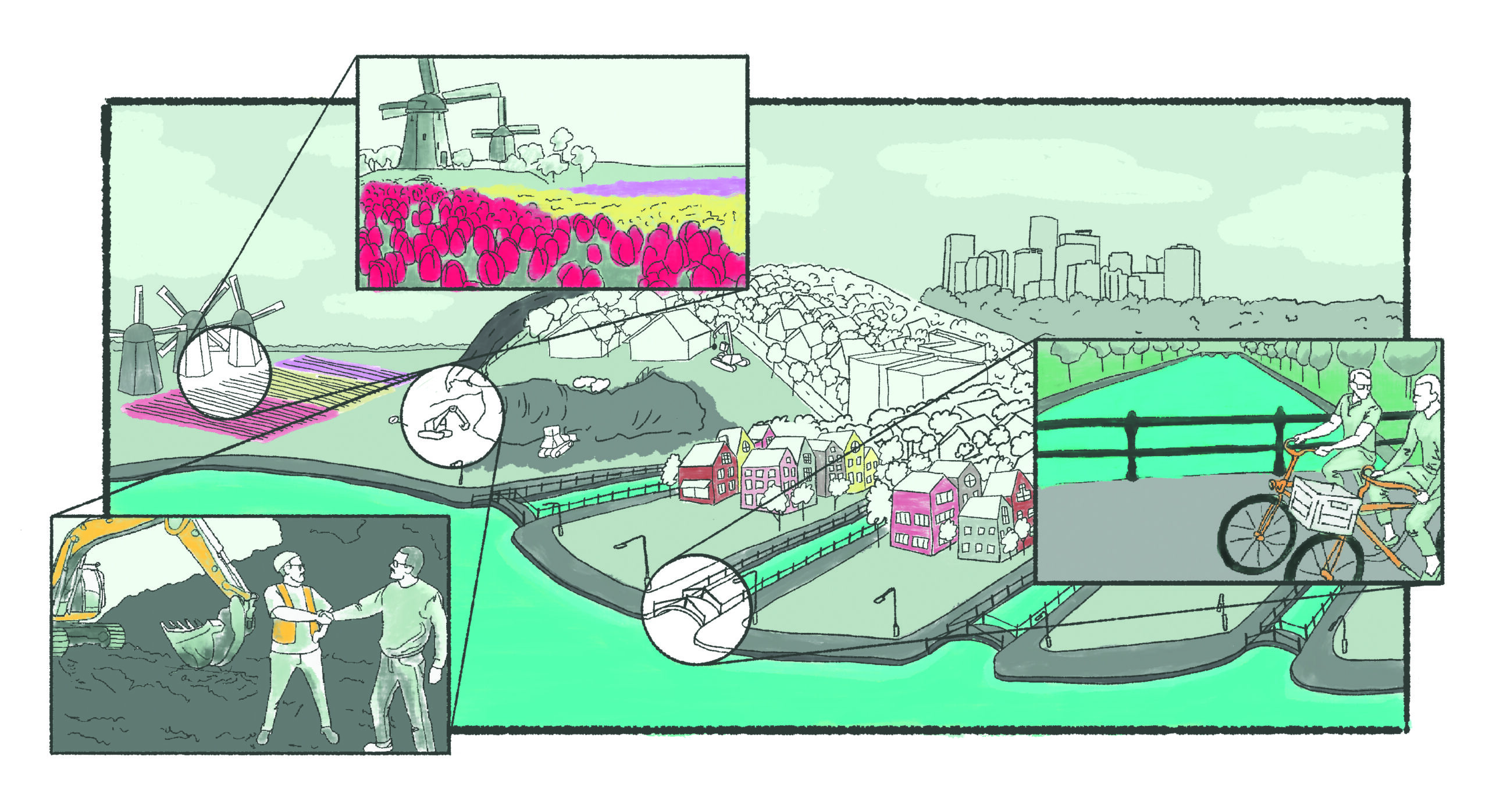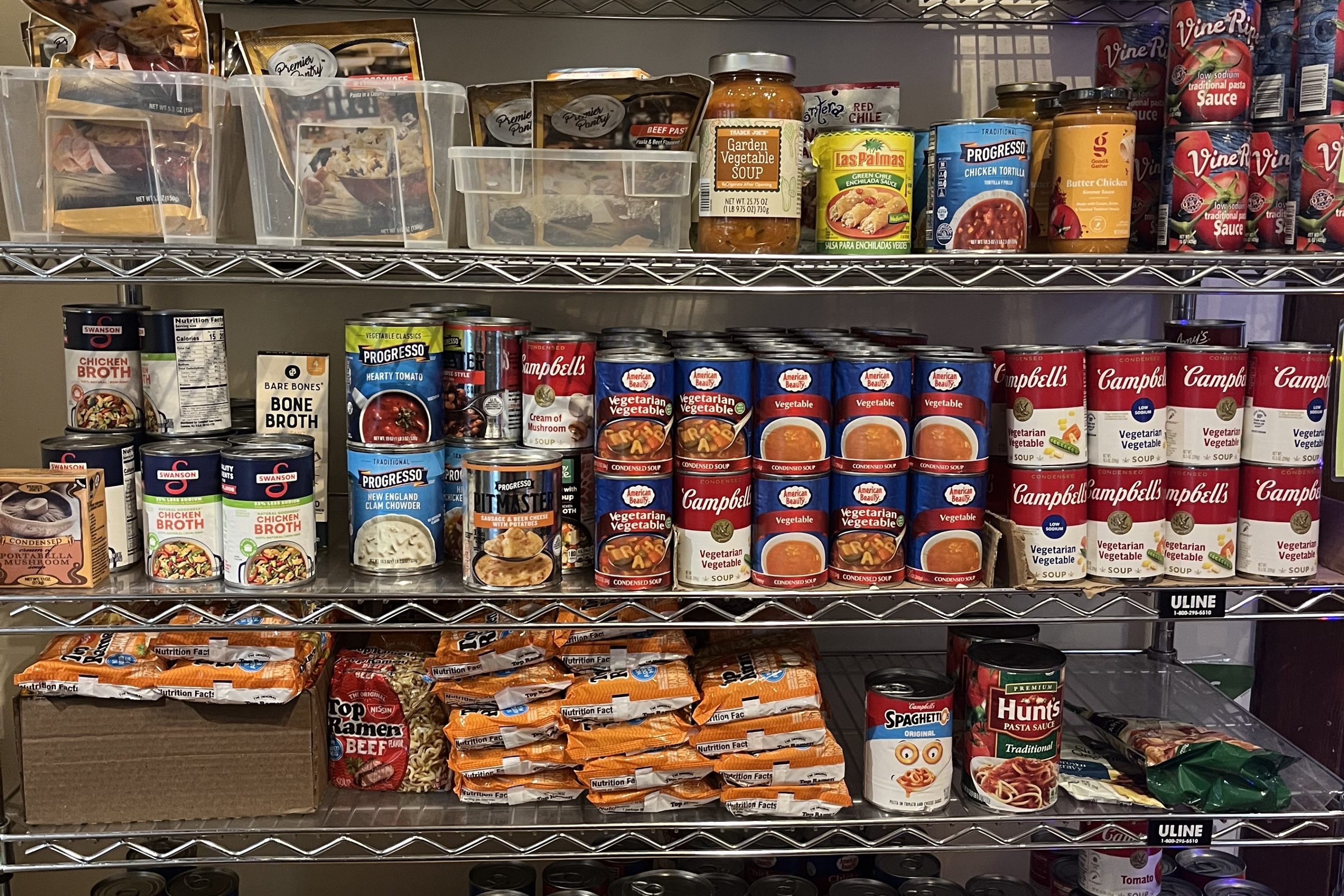The Minneapolis City Council has voted 10-3 to take the bold step of removing cars from all city streets. "We’re not going to get to where we need to be by 2030 unless we go big," said Hans Vanbender-bicken, spokesperson for the city planning department.
"When we look at Hennepin south of Lake, we realize that it doesn’t work to take parking off just one street, it only works if all streets are car-free. And with Uber and Lyft leaving the city, we have a real opportunity for people to experience what it’s like to walk or pedal to their medical appointments, day care centers and coffee shops." He added, "To be a city that works for everyone we need to go full Amsterdam."
The Hennepin County Board voiced support for the change. "We were facing the politically loaded issue of removing parking on Lyndale to accommodate bike lanes, but now with the city’s visionary plan for the entire city to be car free, we no longer have to take that difficult vote," said one commissioner who requested anonymity.
The beleaguered Met Council expressed similar relief. "Don’t quote me," said one council member, "but given the cost overruns on the SWLRT and safety issues on the Green and Blue Lines and at bus stops — which we are having to spend gobs of time and money to address — we’re thrilled that this is one issue we don’t have to contend with."
So just what does going "full Amsterdam" mean?
According to Vanbender-bicken, phase one calls for the leveling of Lowry Hill and rebranding it the Lowry Lowlands.
"First off, the obvious, there are no hills in Amsterdam. Most bicyclists prefer a level ride such as can be found here on 26th and 28th streets. Those bike lanes may appear empty, but data shows they are heavily used when no one is looking."
"Second, when you think of the history of Lowry Hill, it was built by robber barons on stolen land, and de facto redlining was rampant. It’s a pretty ugly history and people should understand that plowing it under is not a bad thing. Homeowners will be compensated at a rate to be determined by the Met Council."
"Third, it will provide shovel-ready lots for single bedroom apartment buildings, with easy access to entry-level jobs at the new tulip fields on Parade Stadium. Windmills will power the whole enterprise. It’s a win-win. We bury our racist past and create a more just and flatter future."
"Change is hard," said Vanbender-bicken, "so we expect a lot of push back from the entrenched NIMBYs on this one."
Phase two calls for canals to be created on the streets running perpendicular to Lake of the Isles. "So far, we’re looking at Franklin, 22nd, 25th, 26th, 27th, 28th and we’re really excited about the one linking the lagoon to The Mall. We supported the park board’s plan to create a traffic calming woonerf on The Mall because nothing says Amsterdam like a woonerf, but now with no cars to calm we see a lot of potential for the people-calming power of canals."
Phase three calls for revitalizing neighborhood businesses. "With the job-training center opening in the old YWCA building and new businesses moving on to the car-free Hennepin corridor, there is real synchronicity here," said Vanbender-bicken.
"We’re talking about truly going Dutch, with stroopwafels, bitterballen, kroketten, kibbleing, and of course, now that pot is legal, recreating the cannabis coffee shops of Amsterdam. Think of it like shopping at 50th and France, only stoned and without the hassle of trying to find your car in the free parking ramps."
When asked if going full Amsterdam included creating a red-light district, perhaps repurposing the old Victoria’s Secret building, Vanbender-bicken drew a blank.
"I’m more of a visionary," he said. "When it comes to reality, I defer to the nine clear thinkers on our City Council. Without their bold action, we’d still be arguing about bike lanes." April Fools!






